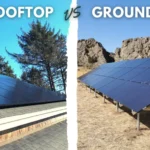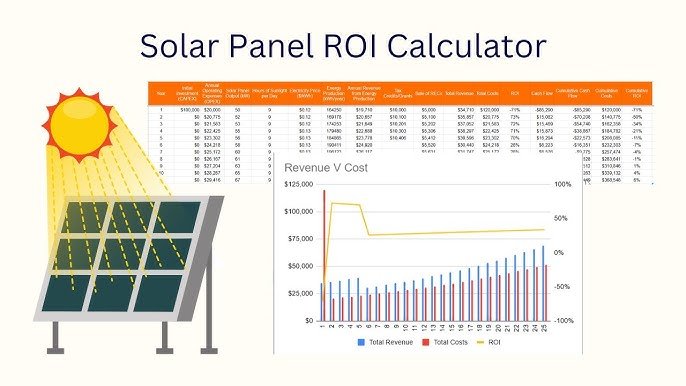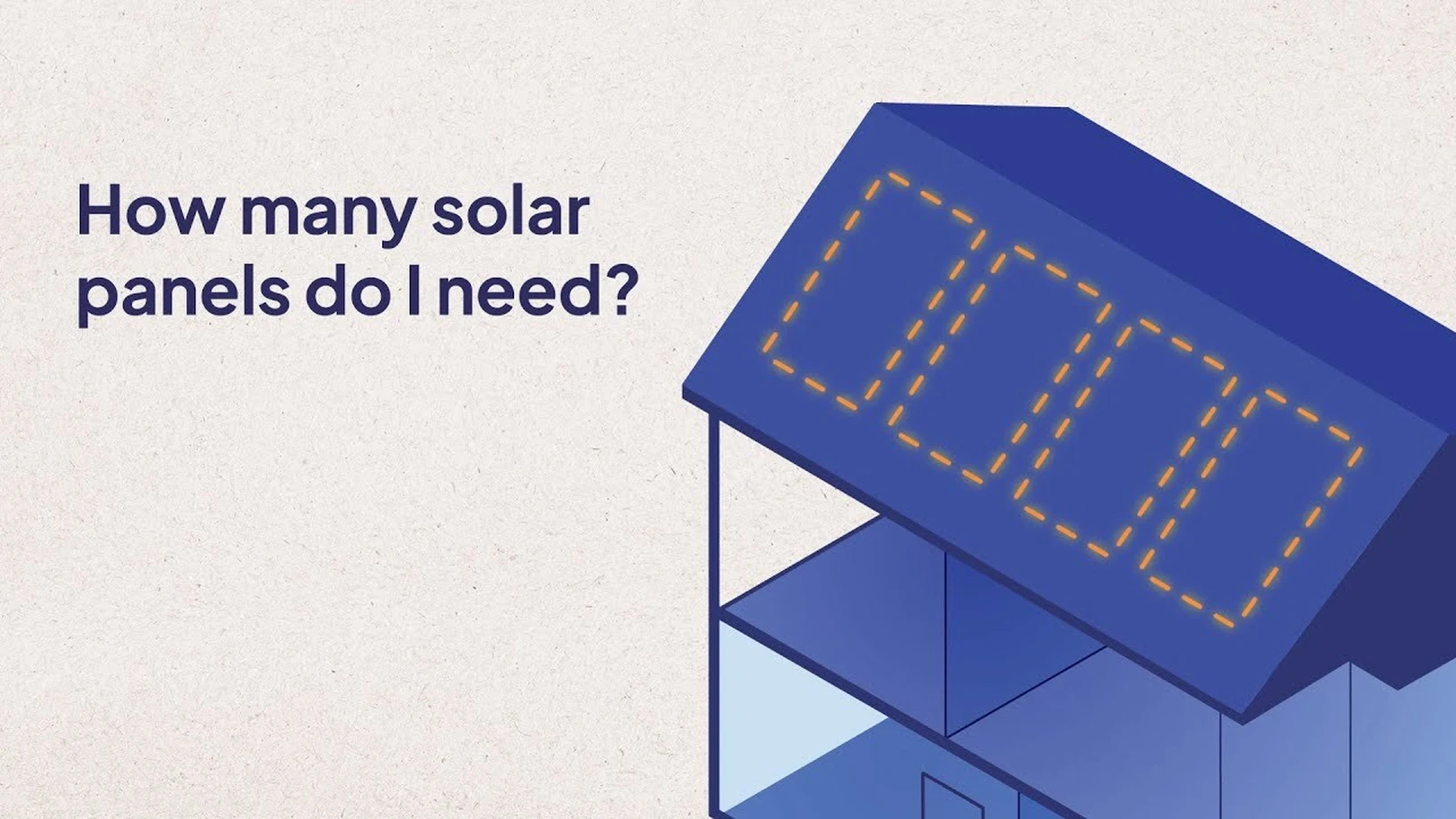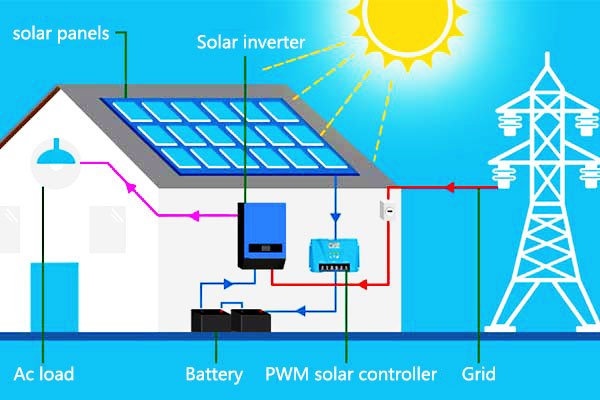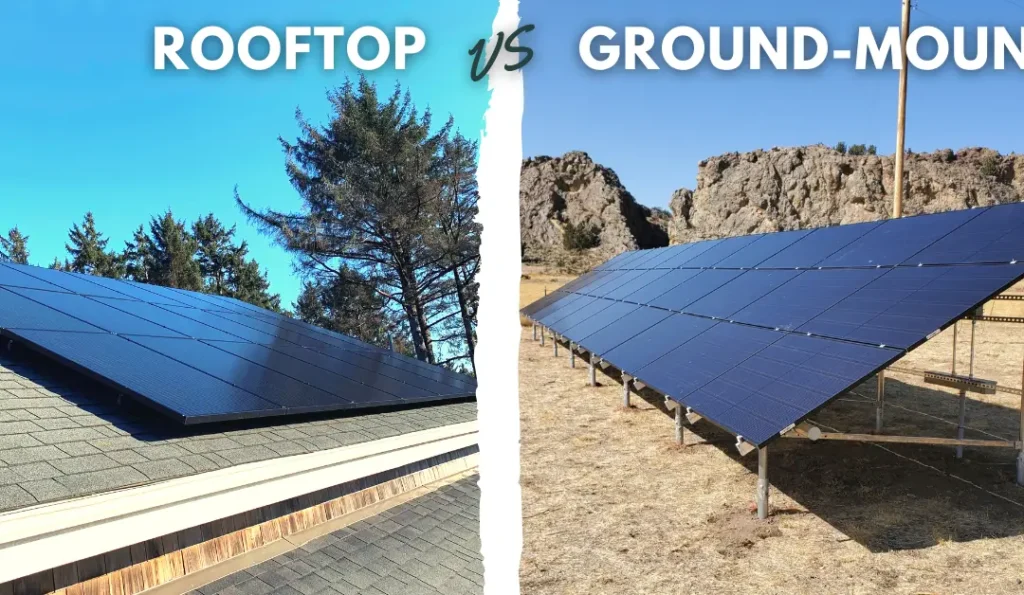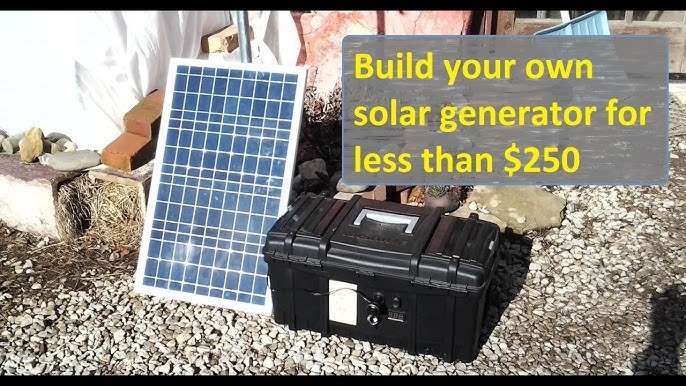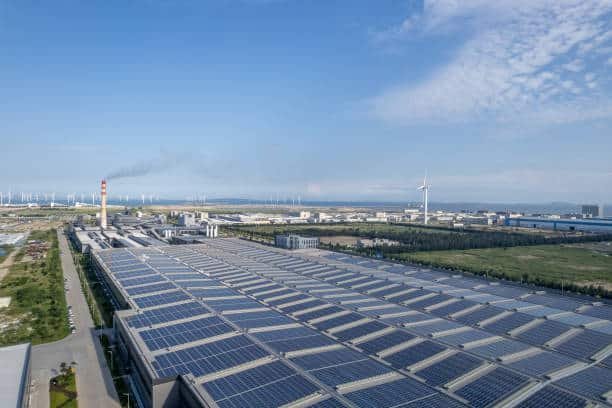Choosing a good solar installer is the most important step in getting a high‑quality system. The right installer ensures your solar panels work well. They should give you clean power for years. Here’s how to choose wisely.
1. Understand What an Installer Does
A solar installer will:
- Evaluate your roof condition and sunlight exposure
- Design the right system size for your needs
- Arrange technical approvals and subsidies
- Supply equipment and handle installation
- Set up net‑metering with the grid
- Run checks, testing, and certifications
- Provide service and warranty support afterward
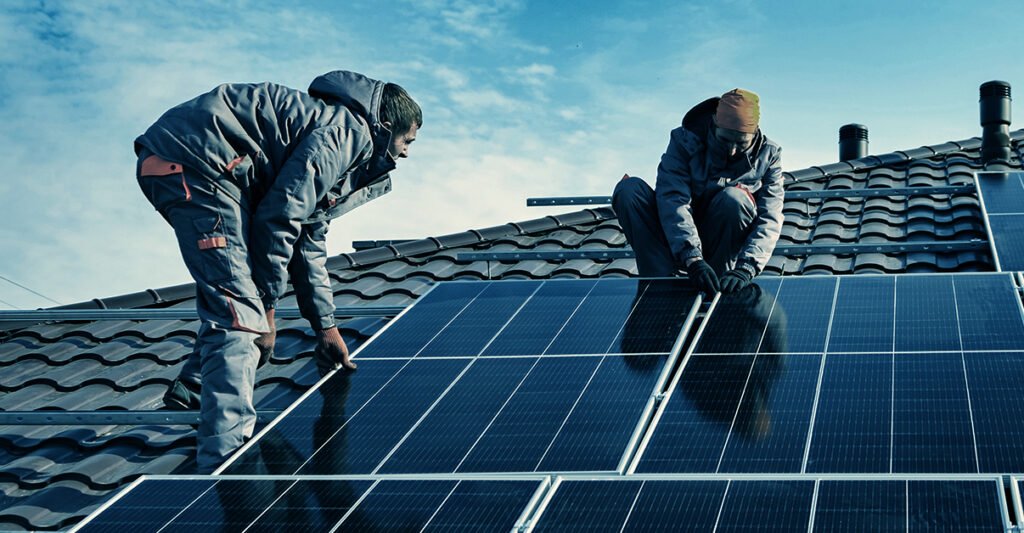
2. Check Credentials and Certifications
Ask the installer for:
- Business registration and GST number
- Certifications like MNRE approval, IEC, BIS, or ISO
- Electrician or wireman’s license for safe wiring
- Experience records and past project documentation
Large companies often offer more consistent quality. Smaller firms may offer lower prices, but always verify their credentials pv-magazine-india.com.
Also Read Residential Solar System Cost in India (2025): Complete Guide to Pricing & Savings
3. Review Their Experience and Reputation
Search for:
- Years in business and scale of operations
- Customer reviews on platforms and social media
- References to speak with past clients
- Visits to completed installations
Reliable installers provide site surveys, detailed quotes, and real feedback
4. Evaluate Proposals and System Design
A strong proposal will include:
- A comprehensive site survey (roof condition, shade analysis) thegreenbein.in
- Electricity bill review to calculate usage and system size
- Details on equipment (panels, inverter quality, mounting structure)
- Solar orientation and tilt advice based on your region
- Estimated generation output and expected savings
Avoid vague proposals. Compare 3–5 installers to find the best value based on equipment, warranty, and servicesolarbyluminous
5. Confirm Permits, Grid Connection, and Subsidy Support
The installer should manage:
- DISCOM approval for grid‑tie and net‑metering freyrenergy.
- Electrical safety certifications (CEIG, building permits, if needed) aerem.co
- Application for government subsidies (PM Surya Ghar etc.)
A professional installer handles all paperwork and regulatory tasks.
6. Check Equipment Quality and Warranties
Ask for:
- Brand and model names of panels and inverter
- Panel efficiency, temperature tolerance, and performance warranty (typically 25 years)
- Inverter warranty (usually 5–10 years)
- Service warranty for installation (typically 2–10 years) solarsquare.in
Choose reputed Indian brands like Vikram Solar, Waaree, or Adani for reliability
7. Compare Prices and Financing Options
Request clear quotes that show:
- Total cost versus subsidy
- Financing, leasing, or EMI plans offered
- Net‑metering or RESCO model options
- Cost per kW including installation
Do not go with the cheapest. Compare net present value and ROI. Financing and EMI can make the system easier to afford
8. Inspect After-Sales Service and Monitoring
Check if the installer provides:
- Proactive maintenance plans and cleaning schedules
- Real-time system performance monitoring
- Timely repairs if issues occur
- Steps for handling faults or lower-than-expected output waaree.com
Good monitoring ensures your system works well long term.
9. Visit an Installation Checklist
Ask the installer to review this pre-install checklist:
- Roof strength and integrity
- Shade and orientation check (south-facing ideal) with proper tilt (10–30 degrees) solarsquare.in
- Proper mounting structure, clamps, bolts, and safety gear
- Digital inverter display to track generation and usage solarbyluminous.com
- Wiring with MC4 connectors and labels
- Grid connection with net‑meter setup.
10. Safety and On-Site Protocols
Ensure the installer follows:
- Job safety analysis before starting work cleanmax.com
- Use of PPE, helmets, gloves, and harnesses
- Supervision during unloading and fixing cleanmax.com
- No distractions on-site; safe cable routing and job signage
A safe site means fewer accidents and better quality.
Latest Updates in India (June 2025)
- Chandigarh’s CREST is engaging homeowners with PM Surya Ghar. They offer both subsidy and zero‑cost RESCO options at ₹3.95/unit.
- The MNRE portal continues to process rooftop subsidy applications under the ₹75,000 cr scheme.
- Many installers offer mono‑PERC, HJT, and bifacial panels as part of their proposals.
FAQs
Q. What is net‑metering?
A. A system where extra solar power is sent to the grid. You earn credits on your electricity bill. Installers handle DISCOM applications aerem.co.
Q. Should I choose a large company or a small installer?
A. Large firms offer structured services and warranties. Small installers may be cheaper but inspect their track record and certifications thoroughly pv-magazine-india.com.
Q. How much subsidy do I get under Surya Ghar scheme?
A. Up to ₹78,000 for a 3 kW system—₹30k/kW for the first 2 kW, and ₹18k for the third kW timesofindia.indiatimes.com.
Q. What warranties should I look for?
A. Panel performance warranty (25 years), inverter (5–10 years), and installation service warranty (2–10 years) solarsquare.in.
Q. Do I need permits?
A. Yes. You need DISCOM approval, CEIG, building clearance (if applicable), and subsidy paperwork. Professional installers handle these aerem.co.
Q. How to ensure safety during installation?
A. Ask installers about PPE use, safety checks, and accident prevention measures like harnesses and helmets .
Final Summary
Finding the right solar installer involves careful research and comparison. Focus on:
- Proper credentials and certifications
- Proven experience and reviews
- Clear proposals and site surveys
- Equipment quality and warranty
- Paperwork and subsidy support
- Price, financing, and ROI
- After‑sales service and system monitoring
- Safety practices on site
A well-chosen installer gives you clean, reliable power for decades. This supports your energy independence and India’s solar growth. It’s worth investing time now to choose wisely.




